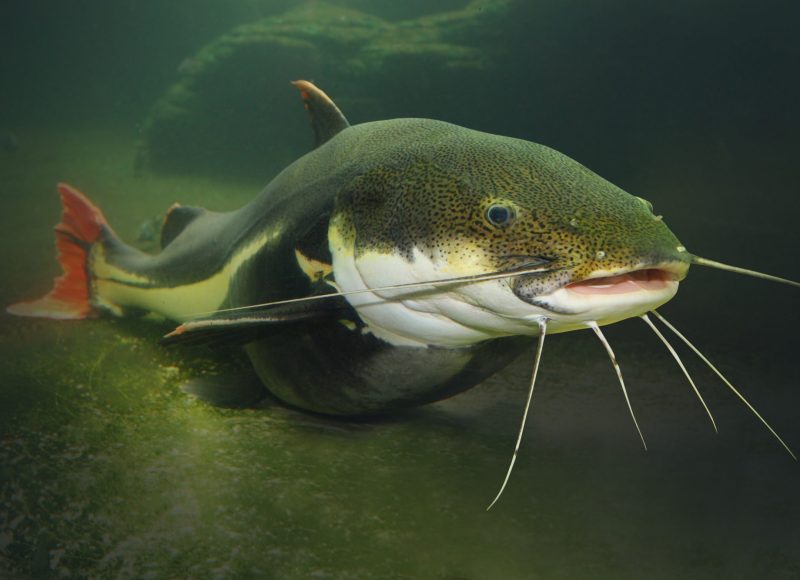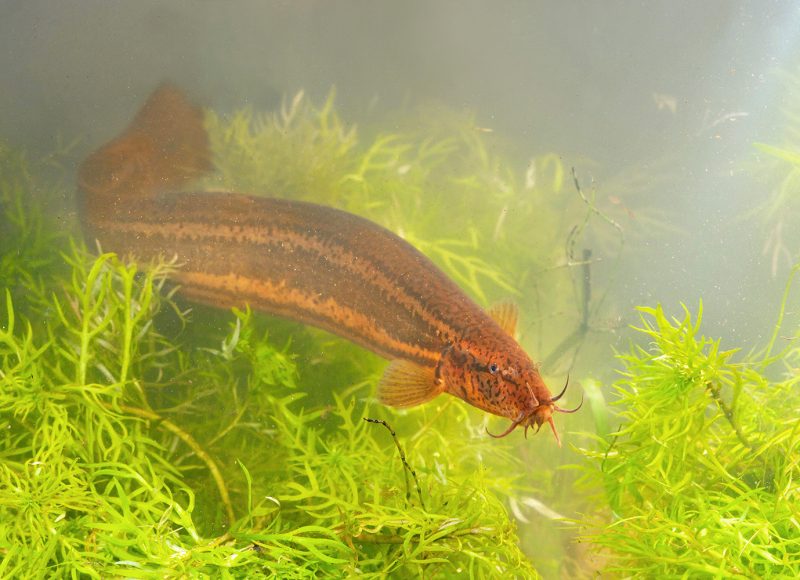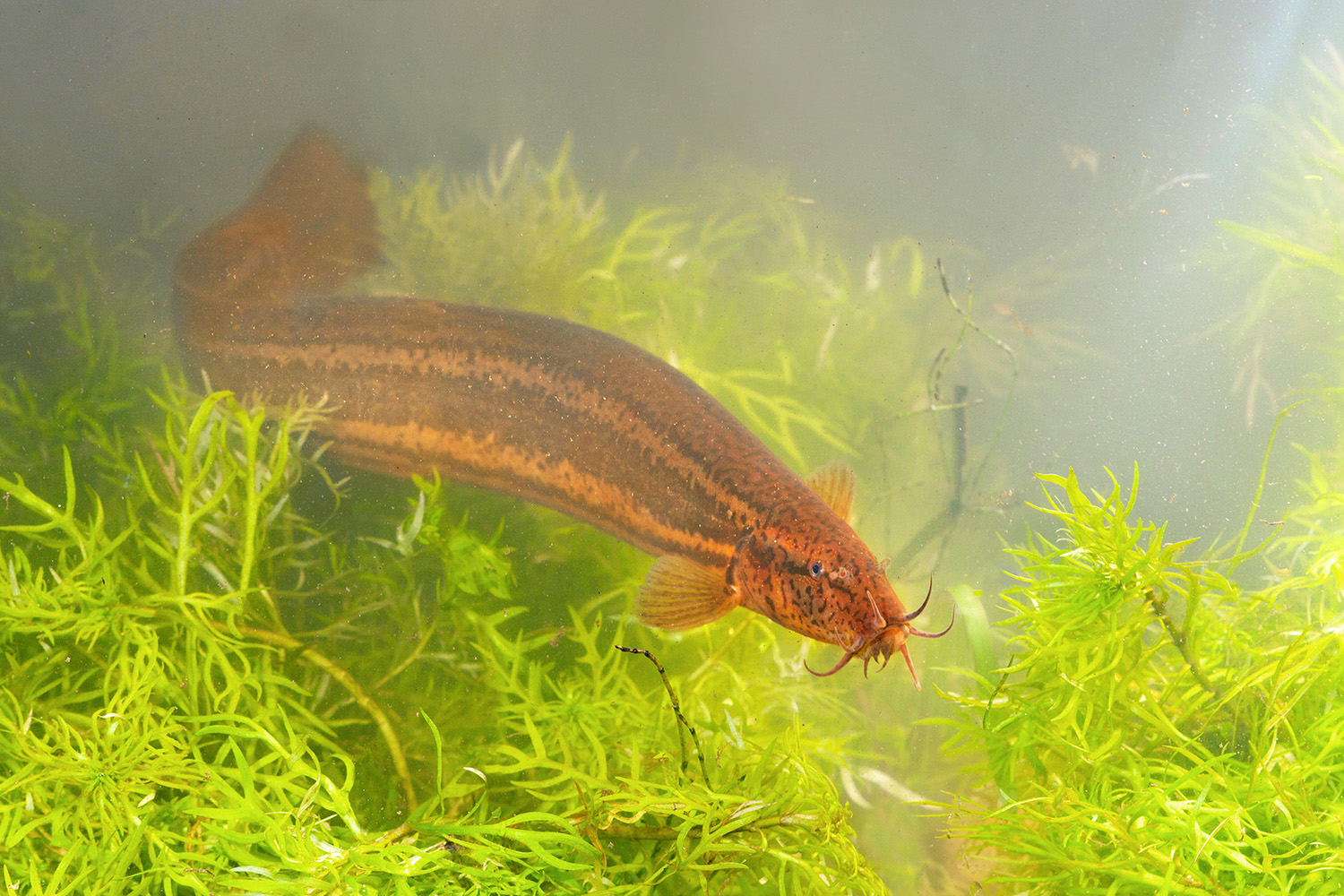There are currently more than 16,000 documented species of freshwater fish, a figure almost equal to the total number of terrestrial vertebrates. Found in all water courses around the world, they are essential to the global economy and serve as a food source for hundreds of millions of humans. Being able to inventory them effectively is therefore vital to conserve their biodiversity and the services they render to human populations.
eDNA, A PROVEN EFFICIENCY
Since 2011, members of Vigilife have been developing a method for inventorying freshwater fish using eDNA which, in terms of effectiveness, rivals traditional fishing techniques. The eDNA present in less than 100 litres of water from the Rhône can be used to detect just as many species of fish as in 10 years of electrofishing inventories.
The eDNA present in less than 100 litres of water from the Rhône can be used to detect just as many species of fish as in 10 years of electrofishing inventories.
Similar results have been obtained from water courses in French Guiana, although diversity there was observed to be much higher, with more than 80 species detected in just one water sample. Monitoring in this way has revealed a decline in aquatic biodiversity due to deforestation and gold extraction.

THE ADVANTAGES OF AN INNOVATIVE METHOD
eDNA presents several major advantages: it saves a great deal of time in the field, it is not biased by fish morphology or behaviour, and it can be used to catalogue all habitats, including those inaccessible through traditional methods. Further, it does not harm the fauna in any way, unlike conventional solutions, which require the capture of fish and leading to stress and even considerable mortality. This last point is particularly problematic in the case of endangered species.

EXPLORING THE KNOWN AND THE UNKNOWN
The main limitation in monitoring fish fauna in global water courses remains the lack of genetic references for many species. This needs to be rectified in order to catalogue certain species (endangered or invasive exotic), but it is not vital for others.
Actually, even without this genetic database, it is possible to calculate biodiversity indicators based directly on DNA sequences. These new approaches open up the possibility of establishing environmental quality indexes that are desperately needed to meet the global challenges of preserving aquatic biodiversity and the quality of our water resources.
© Weatherfish / Jelger Herder

